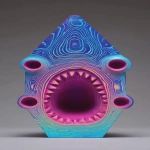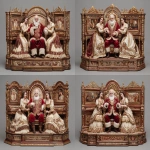Explore the Best AI Image Gallery
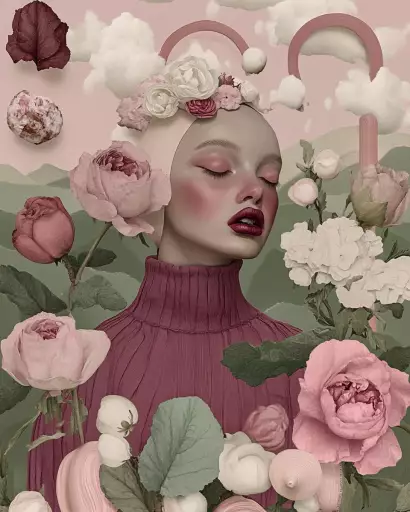
Imagining the Unseen: AI-Generated Images and the Art of Creation
The art world has always been a space of innovation, constantly pushing boundaries and redefining what constitutes creativity. Now, with the advent of artificial intelligence (AI), we stand on the cusp of another revolution. AI-generated images, once a figment of science fiction, are rapidly becoming a tangible reality, blurring the lines between human and machine artistry and sparking both excitement and debate.
These algorithms, trained on massive datasets of existing artwork, can now generate stunningly realistic and imaginative visuals, often exceeding human capabilities in terms of detail and complexity. From photorealistic landscapes to abstract concepts, AI is empowering artists with new tools to express their visions and explore uncharted territories.
A Canvas for Collaboration
AI-generated images are not simply replacing human artists; rather, they are transforming the creative process into a collaborative endeavor. Artists can leverage these tools to generate initial concepts, overcome creative blocks, or experiment with unconventional ideas. Imagine an artist sketching a rough outline, then using AI to flesh out the details, adding intricate textures, lighting effects, and even character expressions. This symbiotic relationship between human imagination and machine intelligence has the potential to unlock unprecedented levels of artistic expression.
Expanding the Creative Frontier
The applications of AI-generated images extend far beyond traditional art forms. They are revolutionizing industries such as advertising, design, and entertainment. Imagine creating personalized marketing campaigns with unique visuals tailored to individual preferences or designing immersive virtual worlds populated by AI-generated characters. The possibilities are truly limitless.
Navigating the Ethical Landscape
As powerful as these technologies are, they also raise important ethical considerations. One of the key concerns is the issue of authorship and intellectual property rights. Who owns the copyright to an artwork generated by an AI? Is it the programmer who created the algorithm, the user who provided the input, or the AI itself?
Another concern is the potential for misuse. Can AI-generated images be used to create convincing deepfakes, spreading misinformation and eroding trust in visual media? Its crucial to develop guidelines and regulations to ensure that these technologies are used responsibly and ethically.
The Future of Artistic Creation
The integration of AI into the creative process is still in its early stages, but it holds immense promise for the future. As algorithms continue to evolve and become more sophisticated, we can expect even more astonishing creations. Imagine AI collaborating with artists to develop entirely new art forms, blurring the lines between reality and imagination.
However, its important to remember that technology is a tool, and its impact ultimately depends on how we choose to wield it. As we navigate this uncharted territory, let us prioritize ethical considerations, foster collaboration between humans and machines, and ensure that AI continues to empower creativity and inspire wonder for generations to come.
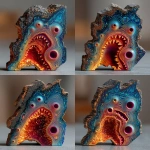
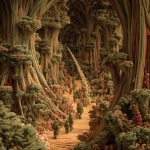
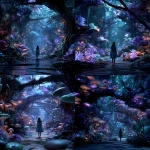
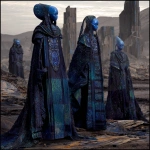

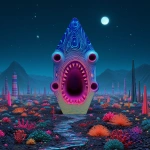
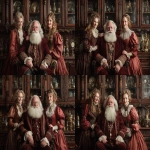
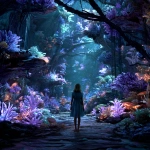
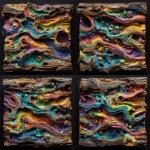

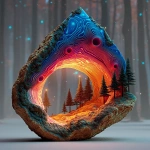
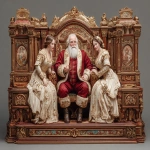

](https://images.ai-img.art/thumbnails/150/3b65287fef447a6ad61bcb18b5b9d03b6f6f74603ae0e058f81f4b91a3e02f36.webp)
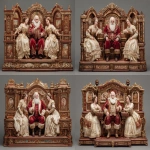
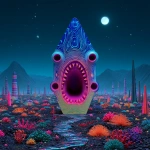
](https://images.ai-img.art/thumbnails/150/914cb18c03c97bdba2f290c0ec1573d5792bf399dbad7f484614764eb31f4c2f.webp)

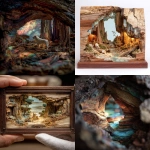
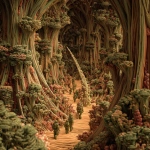
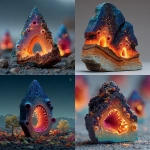
](https://images.ai-img.art/thumbnails/150/a31f622763ce0ecb2e76a907e566b81cfcc171e8d9b8b393f27681be24b6ca91.webp)

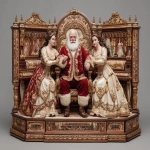
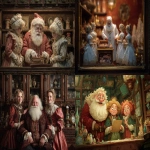
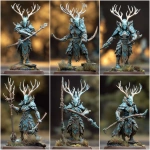
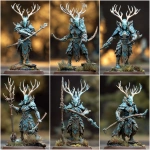
](https://images.ai-img.art/thumbnails/150/769518185300fcbda91b7bbf92b9007bc856379accd52eaf7983f9aec379e88e.webp)

](https://images.ai-img.art/thumbnails/150/7d9de60c58579b921ad140a9e1d752642452d5086b74a27d866e8af04608ed7d.webp)
](https://images.ai-img.art/thumbnails/150/ebc95932b25c17607076ed8d2a4bafc85c3371cf3f2d45c35741505fe3c97de1.webp)
](https://images.ai-img.art/thumbnails/150/ac7218edd6198d49ed8d9853a5890595fc4d2a7a11c2e8a7ee8bcfbc7bfe265e.webp)
](https://images.ai-img.art/thumbnails/150/98325fa7102e81df81f1dba6df8df52929b4fa41b058192faf3c77cf94513ff7.webp)
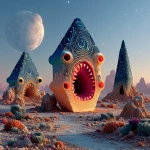

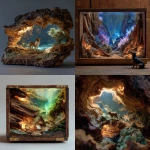
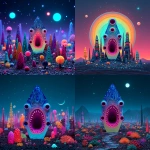
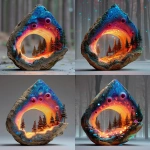
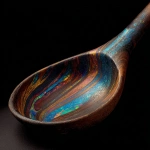
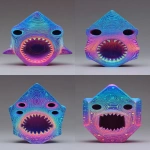
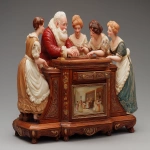
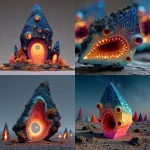
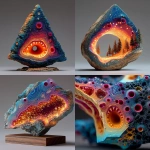
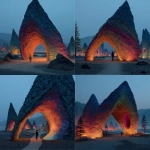
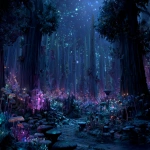
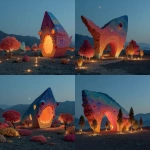
](https://images.ai-img.art/thumbnails/150/09314c003088f7174f747fa65105eca599e0842cf69e637ce4c98ebefd3f50ab.webp)
